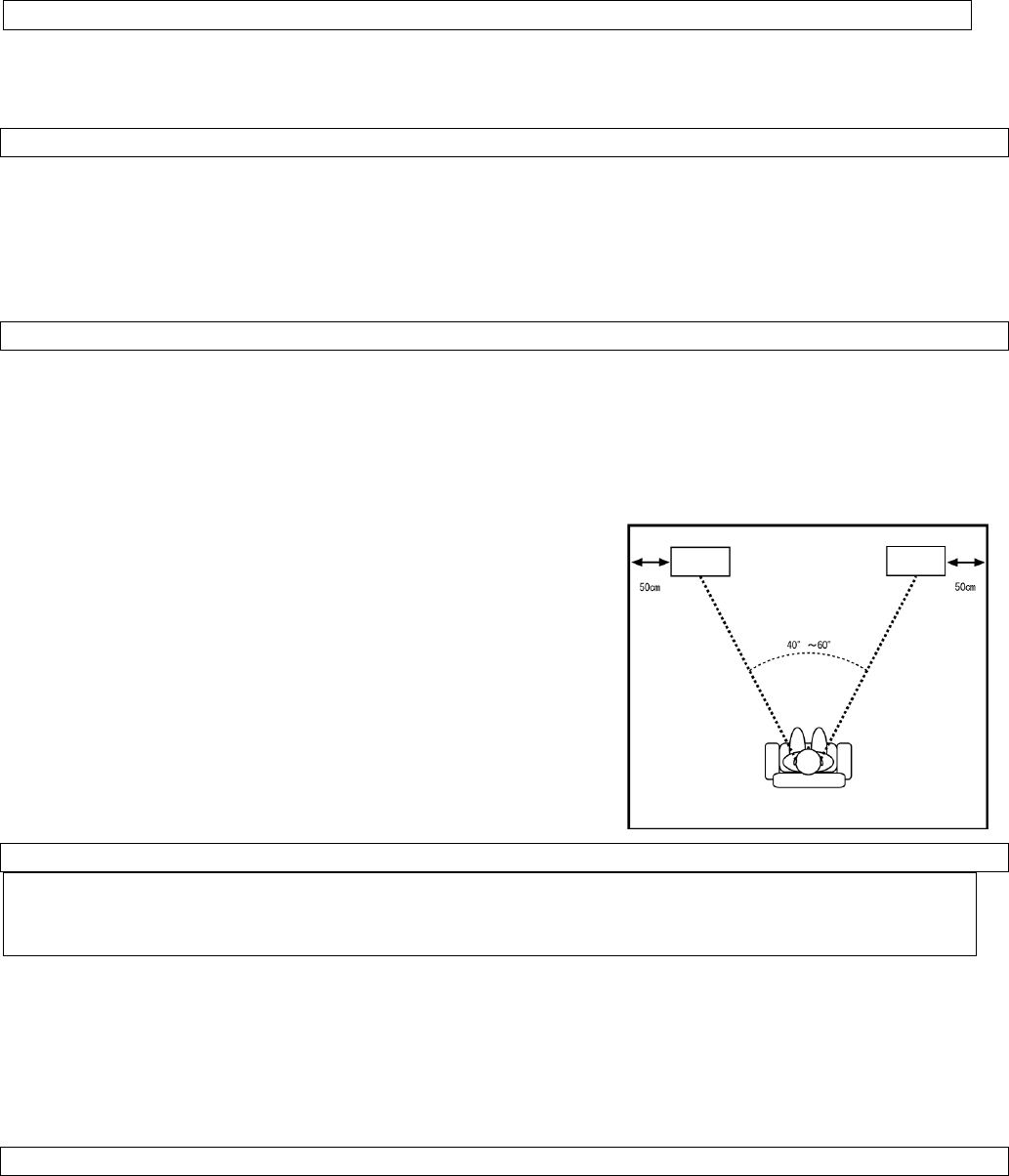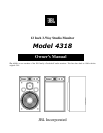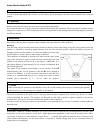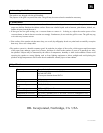
Studio Monitor Model 4318
1: Introduction
Thank you for purchasing the JBL 3-Way Studio Monitor 4318.
In order to better understand and correctly use this product, please thoroughly read this Owner's Manual before using the
product.
2: Unpacking
The product should have been delivered complete in appearance and functionality. However, if you find any scratches or
defects, please directly contact the store where you purchased the product.
We recommend that you keep the original box and packing material after unpacking. Please note that if a product must be
shipped for a repair service, JBL Incorporated will not be responsible for any damage incurred during shipping caused by
insufficient packing.
3: Installation
Avoid placing the monitors near power amplifiers or radiators that generate large amounts of heat, or in very humid or
dusty places, and any places exposed to direct sunlight. Also place them on a firm, solid floor.
•Settings
Start the setup using a recorded sound source that has a distinct virtual center image. Once the center point between the
speakers is obtained by measuring equal distances from the left and right speakers, adjust the distance between the
listening position and the speakers, as well as the distance between right
and left speakers, so that a precise center image is obtained.
These monitors are designed to reproduce the most accurate stereo sound
stage when the interior angle between the lines connecting from each
speaker to the listener is between 40 to 60 degrees. Additionally, it is
ideal that a distance of approximately 50 cm or more is maintained from
the left and right walls.
The center of the speaker's sound image is in the vicinity of the HF
(high-frequency) unit. Set the speakers so that the HF unit is aligned at
ear-level. In addition, to avoid acoustical interference with the floor
surface, it is recommended that you set a sturdy base (cube or block
shaped) with a thickness of 5 – 20 cm under the speakers.
4: Connection
*Caution
When connecting the speakers to the amplifier, always do so after turning off the power. Connecting the speakers
while the power is on may damage the amplifier or the speakers.
The positive terminals of the speaker have a red ring, and the negative terminals have a black ring. Be sure to connect
without mistaking the polarity. The speakers are designed so that when a positive signal is applied to the positive
terminal, the woofer moves in the forward direction (positive phase operation).
In order to safely and securely connect to the terminals, we recommend that you use the Y terminals or banana plugs on
the cable ends.
5. Attenuator Adjustment
Independent, continuous variable attenuators are used for each unit to adjust the MF (mid-frequencies) and HF (high-
frequencies) levels to the speaker's woofer level. Make adjustments appropriate to the reverb in the actual room, and to
your liking. In general, for most speakers, it takes about 1 – 2 months after initial use until the unit's vibration system
yields optimum performance. As the level balance is expected to initially change with use, we recommend that you
readjust the level accordingly.





